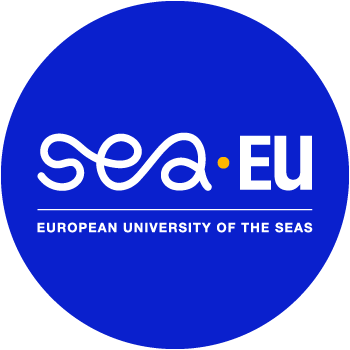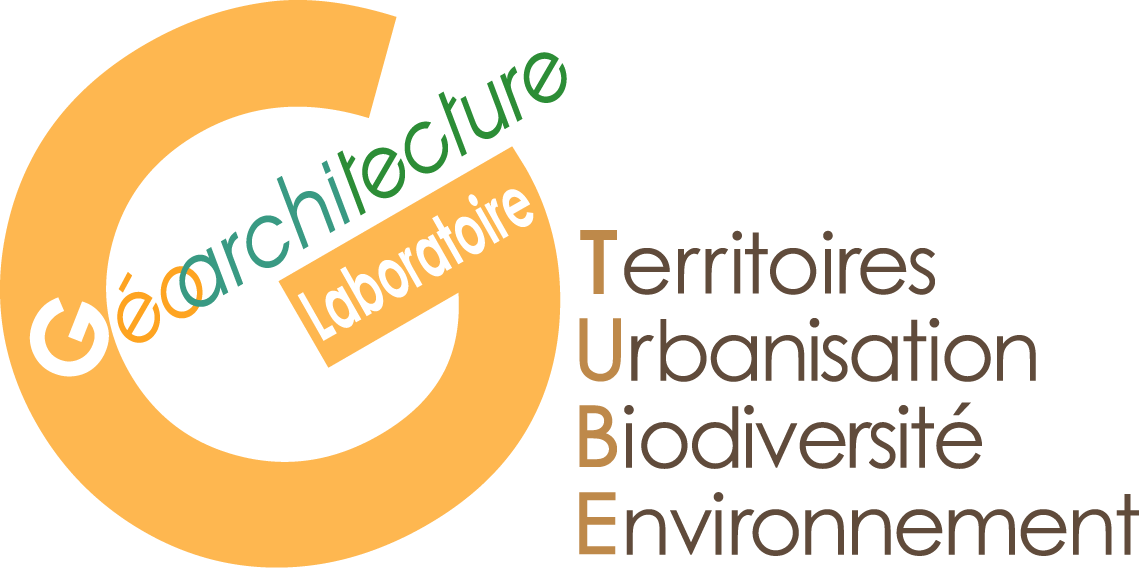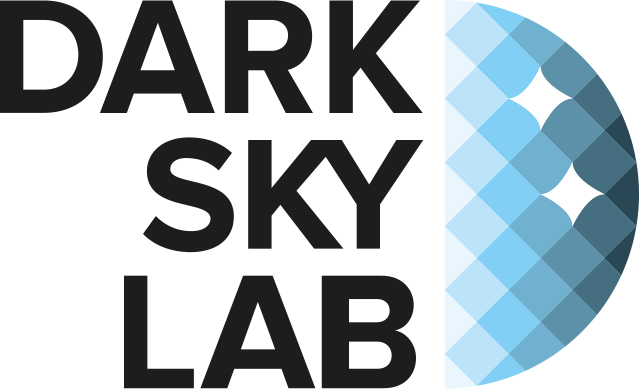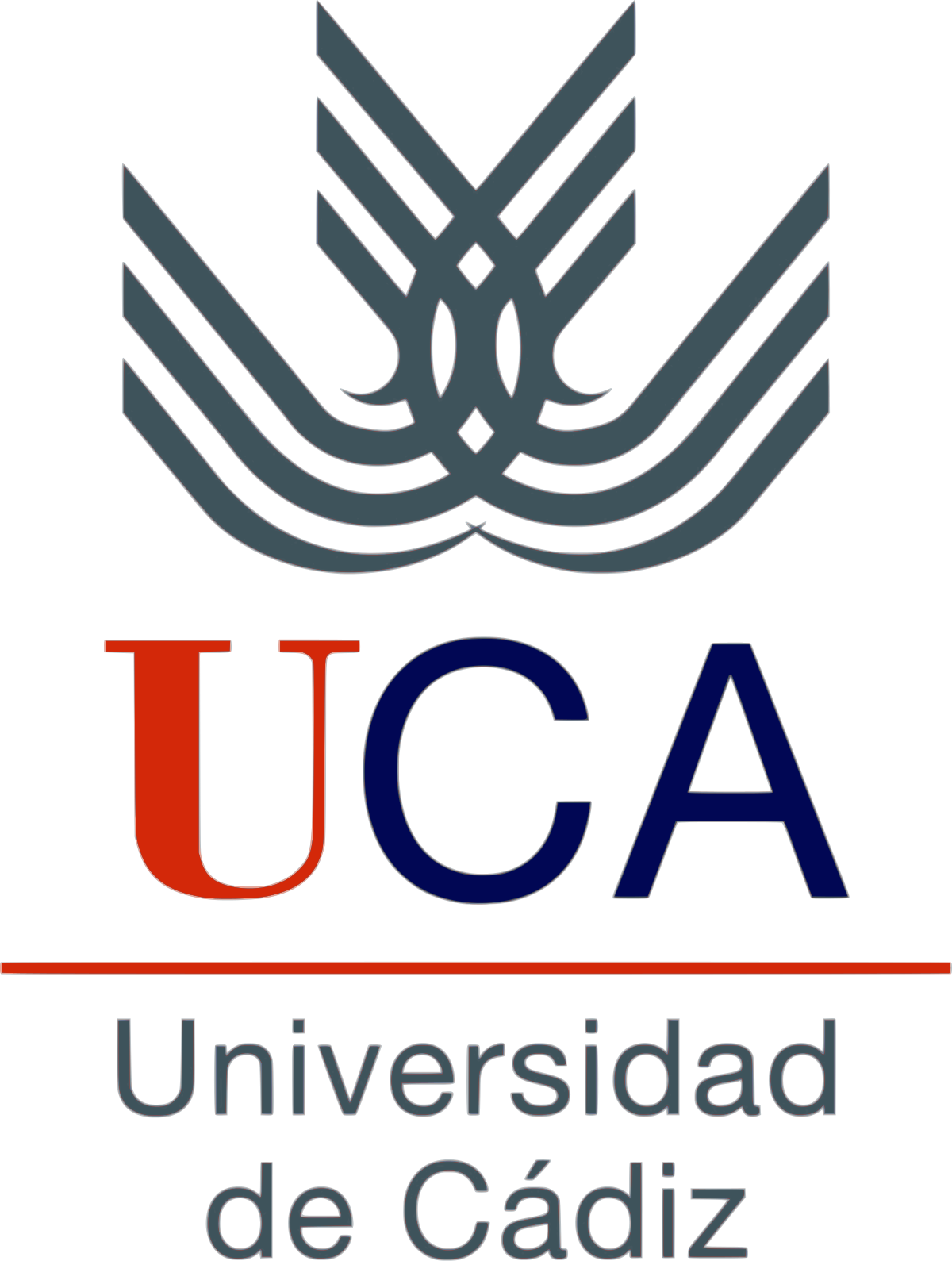Blue Nights – The environmental impact of “Blue Tourism” in terms of light pollution
- Responsable scientifique du projet : Edna Hernández González
- Durée du projet : Juin 2022 - Juin 2023
- Financeurs : Alliance SEA-EU UBO
- Chercheurs du laboratoire impliqués :
- Xavier Dauvergne
- Nicolas Bernard
- Autres universités impliqués :
- Université de Cadix
- Université de Malte
- Partenaires :
- DarkSky Lab
- Scotopic Labs
- Résumé :
Brittany is a central territory in terms of tourism in France (Prigent, 2016). With 100 million nights spent in Brittany before the Covid pandemic and still over 88 million in 2021. A significative part of this tourism is linked to the sea, “blue tourism” (Bernard, 2006) and implies anthropic activities near the Breton littoral (Clairay and Vincent, 2008). Nautical sports in particular has witnessed a significant increase in 2021, despite the Covid pandemic. A region that has to deal with natural parks and preserved areas and humid zones that contains rich and fragile sources of biodiversity (Gallet et al., 2017).
These problematics have been echoed in in other European places that combine touristic activities, littoral geography, historical conservation and biodiversity preservation. The idea of a durable tourism that could combine economic viability and sustainable development has been taken in account in such places as Cadiz (Ramírez Guerrero, 2015) and in the archipelago of Malta (Ebejer et al., 2018). Two places where these problematics also include a strong will of patrimonial conservation.
However, it is necessary to take into account human activities which are often forgotten when we talk about “sustainable tourism” and the night consequences. First put into the spotlight by the night biodiversity studies and the astronomy scientists, the environmental consequences of artificial lighting, also called “light pollution” which is a growing scientific subject (Pauwels, 2018; Busson, 2021).
The touristic activities imply a large number of infrastructures and human presence; therefore, it appears plausible that these activities might have an impact in terms of light pollution. We mean to quantify this impact in order to propose concrete solutions that combine night biodiversity and touristic economy. First by localizing the “blue tourism” territories in Brittany, Malta and the South of Spain (Cadiz) in order to identify possible sources of light pollution in these areas. We will use a geographic analysis of aerial photos (satellite images & drone surveys) paired with lighting network and touristic infrastructure positions. For example, the promenades or the port infrastructures are identified as significant producers of light pollution. Equally heritage sites with floodlighting will be given due importance.
Once the sources have been quantified, we will propose a methodology to suggest how to reduce light pollution in the more prominent areas. The aim is to produce a reproducible method that can apply to our three territories, yet respect each of their individual problematics. This method will also take into account the seasonality of the touristic activities. The quantification of the light pollution in these particular places and the comparative methodology between the territories would generate a minimum of three possible scientific papers. Finally, this will also allow us to integrate these results to the Chaire Noz Breizh, a scientific project that focuses on night studies at the UBO, which will be established at the beginning of 2022. The aim is to give this consortium its first European dynamic by providing fields of research outside of France.
- Publications associées :
MÍREZ-GUERRERO Gema, ARCILA-GARRIDO Manuel, HERNÁNDEZ GONZÁLEZ Edna, DEVERCHERE Philippe et al., (2023), « Primeras reflexiones sobre el turismo azul y la contaminación lumínica: el caso de la ciudad de Cádiz », XXVIII Congreso de la Asociación Española de Geografía, Universidad de La Rioja, 12 au 14 septembre.






